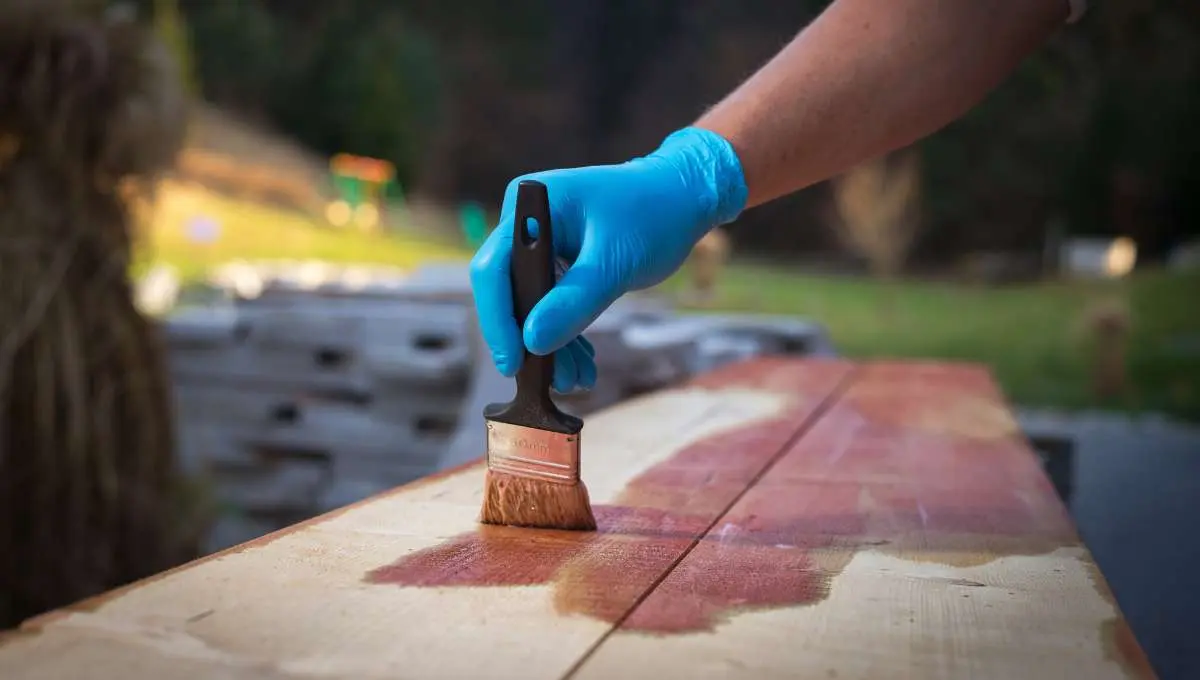Wood stains are essential for carpenters and woodworkers aiming to enhance the natural beauty of wood while adding a touch of color. This guide explores the characteristics, types, and applications of wood stains, providing valuable insights for professionals in Ireland and the UK.
Characteristics of Wood Stains
- Color Enhancement: Stains add vibrant or subtle colors to wood, enhancing its natural beauty without masking the grain.
- Grain Highlighting: Unlike paint, stains penetrate the wood, allowing the grain patterns to remain visible and accentuated.
- Versatility: Available in a wide range of colors and finishes, stains offer flexibility in achieving the desired aesthetic.
- Protection: While primarily for aesthetics, some stains also provide a level of protection against moisture and UV damage.
Types of Wood Stains
Based on Solvent
- Oil-Based Stains: Known for their deep penetration and long-lasting color, oil-based stains are ideal for enhancing rich wood tones. They take longer to dry, allowing for more working time.
- Water-Based Stains: Easier to clean and quicker to dry, water-based stains are environmentally friendly and provide vibrant colors. They are less likely to raise the wood grain.
- Gel Stains: Thicker consistency that sits on the surface, making them perfect for vertical applications and achieving uniform color on uneven woods.
Based on Finish
- Transparent Stains: Highlight the natural grain and texture, offering subtle color enhancement.
- Semi-Transparent Stains: Provide a balance between color and grain visibility, adding more pigment while showcasing the wood’s character.
- Solid Stains: Offer a more opaque finish, suitable for hiding imperfections while still revealing some of the wood’s texture.
Application Techniques
- Preparation: Proper surface preparation is crucial for a uniform stain application. Ensure the wood is clean, dry, and sanded to the desired smoothness.
- Application Methods: Use brushes, rags, or sprayers to apply stains, depending on the project size and desired effect. Always test on a small area first.
- Sealing: Applying a clear sealer or topcoat after staining can enhance durability and protect the color.
Practical Applications
- Furniture: Stains are perfect for adding color and depth to furniture pieces, enhancing their aesthetic appeal while preserving the wood’s natural beauty.
- Flooring: Ideal for residential and commercial flooring, stains can transform the look of hardwood floors, adding warmth and elegance.
- Cabinetry: Used in kitchen and bathroom cabinetry to achieve custom looks that match interior designs.
- Outdoor Projects: Specially formulated exterior stains protect and beautify outdoor wood structures like decks, fences, and pergolas.
Popular Stain Brands in Ireland and the UK
- Rustins: Offers a range of high-quality stains for various wood types and applications.
- Ronseal: Known for its durable and easy-to-apply stains, suitable for both indoor and outdoor projects.
- Liberon: Provides premium stains that deliver excellent color and long-lasting results.
- Osmo: Specializes in eco-friendly, natural wood finishes that enhance and protect.
Conclusion
Wood stains are an invaluable tool in the carpentry and woodworking industries, providing the means to enhance the color and natural grain of wood. By choosing the right type of stain and applying it correctly, carpenters can achieve stunning results that highlight the beauty of their projects. For more detailed insights into wood finishes and other materials, explore our “Comprehensive Guide to Woods and Finishes.”
This article is part of our comprehensive “Guide to Woods and Finishes.” To delve deeper into the properties, uses, and care of different woods and finishes, click here to access the full guide and enhance your woodworking knowledge and skills.

